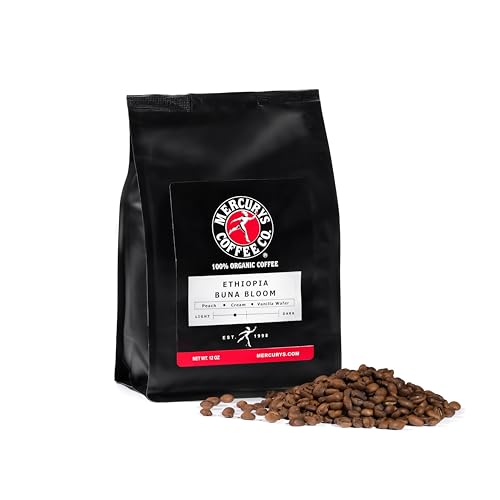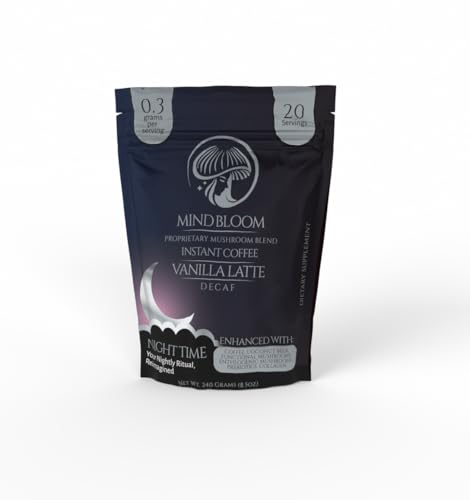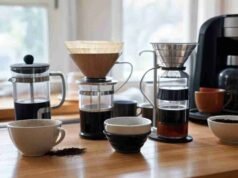If you’ve made coffee and seen those fizzy reactions at the start, you’ve already seen coffee bloom in action. Yet here’s a little-known fact: you can actually control the bloom to get more consistent, more flavorful, and better-balanced brews.
Let’s explore how simple changes to your routine can give you more mastery over bloom and more tasty coffee, cup after cup.
Why You’d Want to Control Coffee Bloom
Coffee bloom is not only a visual phenomenon. It directly impacts:
Extraction (how evenly flavors are extracted)
Consistency (how consistent your brews are)
Flavor clarity (how “clean” your cup tastes)
By tuning in a few variables, you can ensure every brew gets the full benefits of blooming especially handy if you’re switching beans a lot or dialing in a new method.
- Grind Size: Start with the Basics
The finer you grind, the faster CO₂ is released but also the more water flow will tend to be uneven.
Too fine? You’ll get a fast bloom and perhaps channeling.
Too coarse? You may not degas enough and under-extract.
Tip: For pour-over and AeroPress, medium grind is usually best. If bloom is too aggressive, try coarsening a bit.
- Roast Date and Freshness Matter
Recently roasted coffee (within 2–3 weeks) blooms more intensely due to higher gas content.
If you’re dealing with super fresh beans (like within 3–5 days post-roast), bloom can be explosive.
If the coffee is too old, bloom can be flat or nonexistent—time to buy fresh.
Pro Tip: Let coffee rest for 5–7 days after roasting for a more controlled bloom.
- Water Temperature
Higher temperatures (near 200°F / 93°C) accelerate CO₂ release. Lower temperatures slow down the bloom but also risk weak extraction.
Ideal range: 195–205°F (90–96°C)
For consistency, use a thermometer or adjustable temperature kettle.
- Bloom Ratio: How Much Water to Add?
A rule of thumb is to use approximately 2x the coffee weight in grams. For example:
15g coffee → 30g water for bloom
But here’s the trick: adjust slightly based on roast level.
Dark roast? Employ a bit less water (1.5x) to avoid over-degassing.
Light roast? Use 2x or even a bit more—these beans need more help.
Monitor your bloom time, too: 30–45 seconds is usually just right.
- Even Pouring = Even Bloom
Pour in circles and slowly, starting at the middle and moving outward. This enables even saturation and dissuades dry pockets, which can throw off the balance of the whole brew.
Don’t pour water all at once—it’ll create uneven bloom and messy extraction.
Bonus: Bloom as a Diagnostic Tool
Did your bloom behave strangely? Use it as feedback:
Collapsed too soon? Your beans are probably stale.
No bloom? Possibly pre-ground coffee or bad storage.
Uneven bubbling? Your grind size or distribution is probably off.
Paying attention to these things can be used to diagnose your entire coffee process.
By controlling grind
Control of the coffee bloom might sound like a trick for professionals, but it’s surprisingly easy and effective. By controlling grind, freshness, water, and pour, you can have more control over the taste of your coffee.
As a home barista, this is one of those “small change, big difference” techniques. When you brew next, try altering one thing in your bloom and taste the difference.













